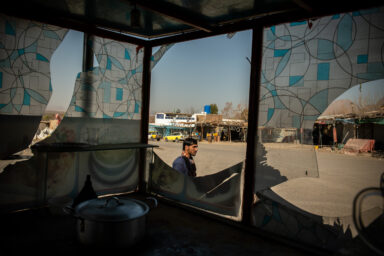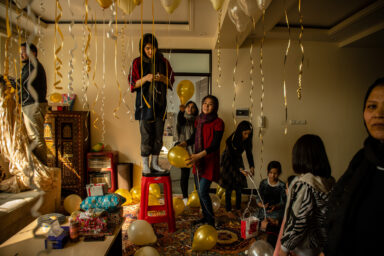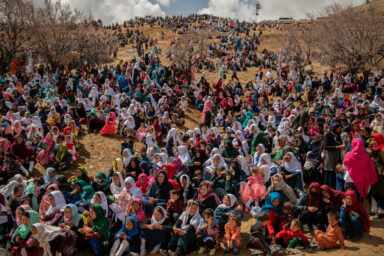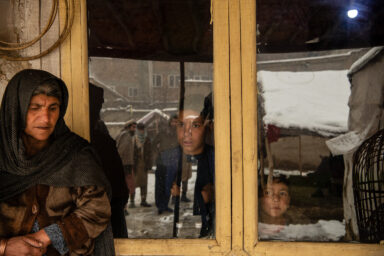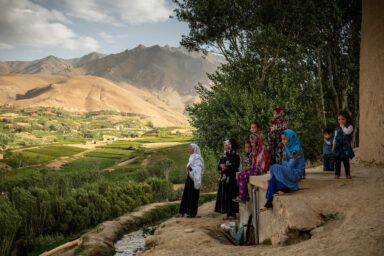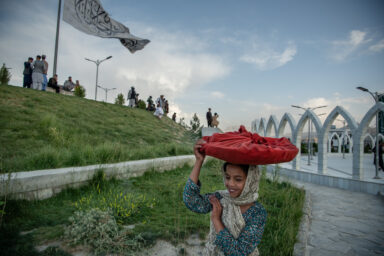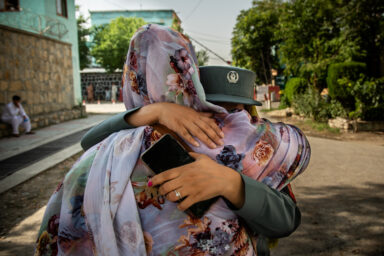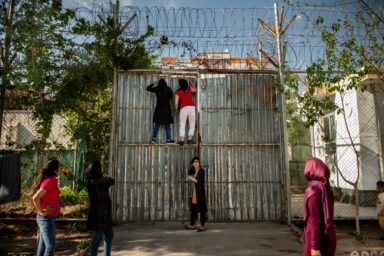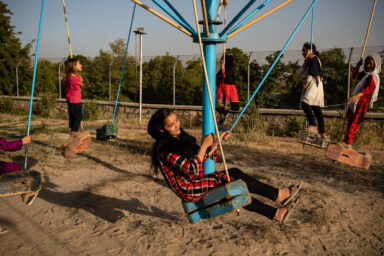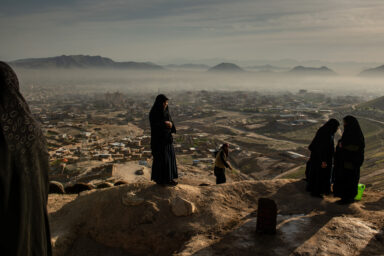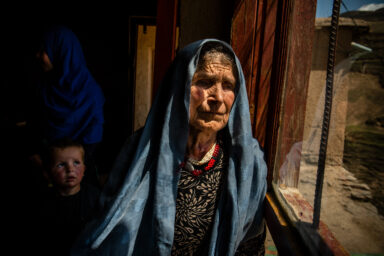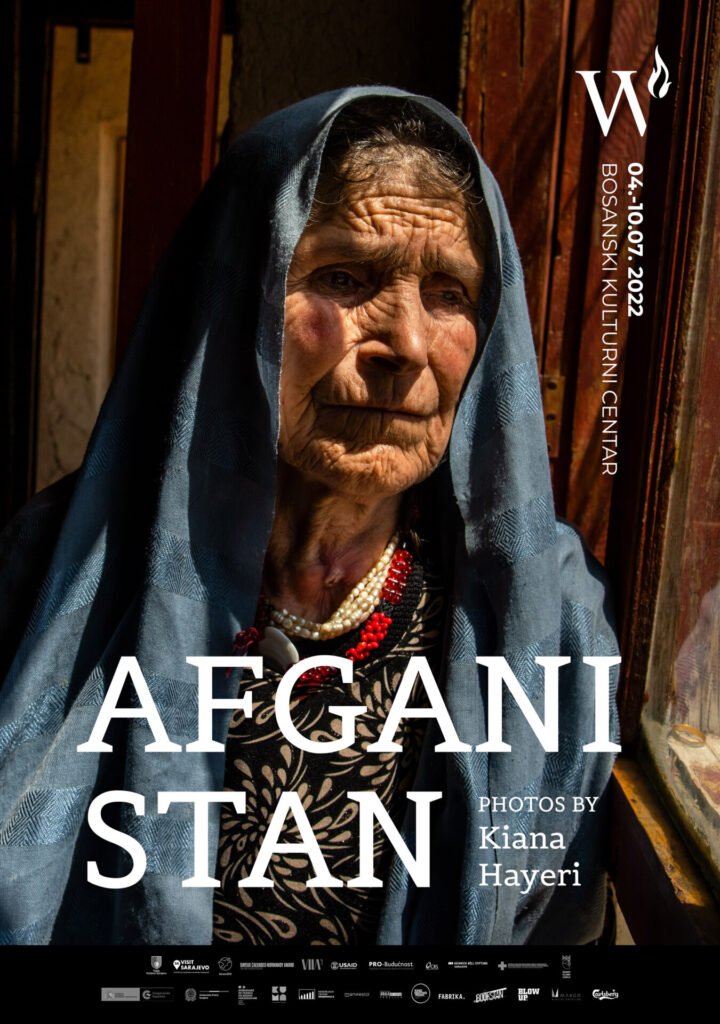
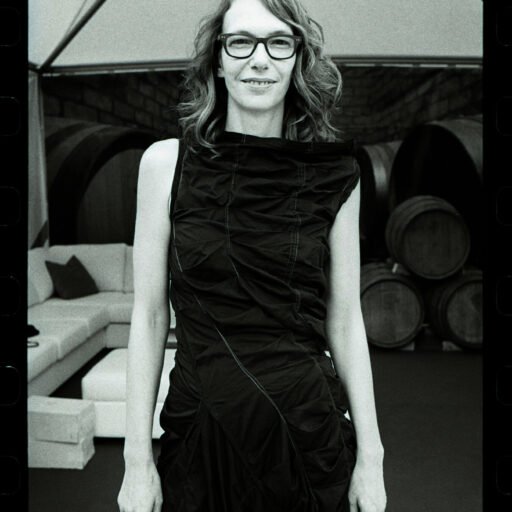
Lejla Hodžić
Curator and designer

Kiana Hayeri
Photographer
Afghanistan
Photo exhibition by Kiana Hayeri
Bosnian Cultural Center 4.-10. July 2022.
The 15-foot walls that surround the Herat Women’s Prison are common to government properties in Afhanistan, as is the corrugated-metal gate, which is guarded by security personnel day and night. The concertina wire that encircles the walls gives the compound a cagelike feeling, but the barriers are meant to keep intruders from getting in as much as they are intended to keep inmates from getting out.
One hundred nineteen inmates and their 32 children live behind the robin’s-egg blue walls of the prison, located in the northeast sector of Herat city in western Afghanistan, just off the main road. First opened in the 1990s, before the Taliban took power, the facility is now run by the provincial government with some support from local nongovernmental organizations. At least half the women in Afghan prisons have been charged with so-called moral crimes like drug use, running away from home and sex outside of marriage — including in the case of rape, evidence of which may be uncovered through forced virginity tests. Despite pressure from Western governments and human rights groups to change these laws, such offenses continue to be recognized as serious crimes under Afghanistan’s Constitution.
The girls were subjected to physical and verbal abuse with no access to money, no legal protection and no means of initiating divorce proceedings. There is little legal consequence for violence against women — in a country where nearly 90 percent of them will experience some form of domestic abuse in their lifetime, according to a 2008 study by the United States Institute of Peace.
In 2019, Kiana Hayeri, an Iranian-Canadian photographer based in Afghanistan, visited Herat Women’s Prison. The images she captured there stand in stark contrast to the essentializing portraits of the women in blue burqas common in Western news coverage of Afghanistan: Behind bars, they have found a semblance of peace — or at least a place less violent than the one they killed to escape. Despite the overcrowding, many inmates said that they felt freer in prison than they had in their marriages.
